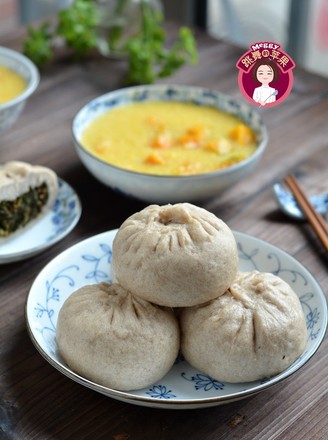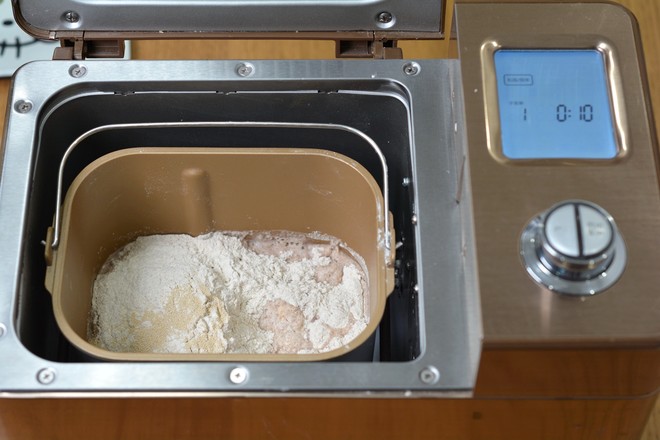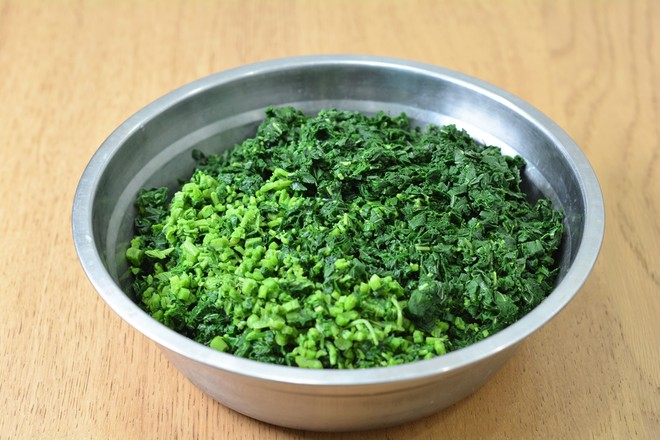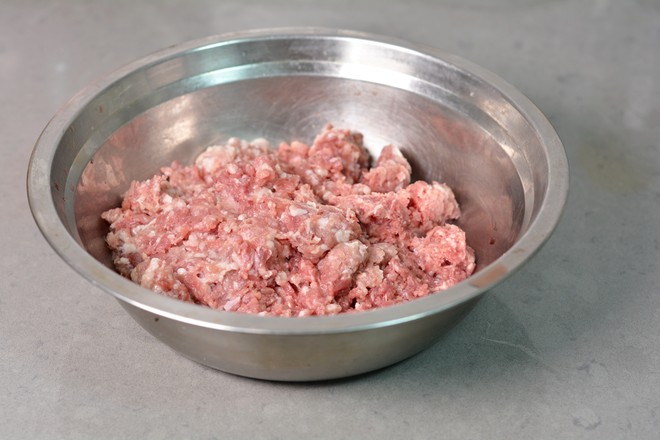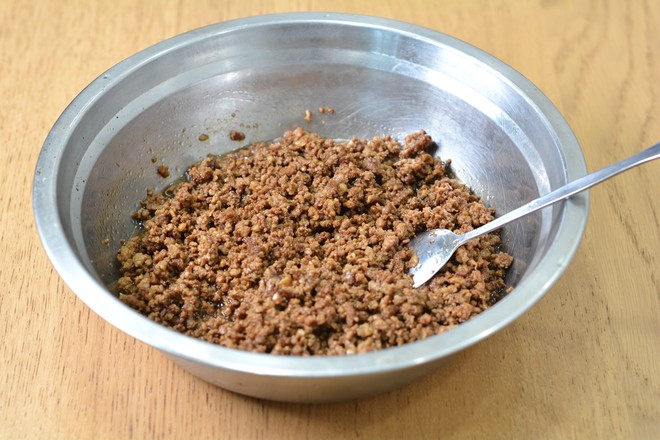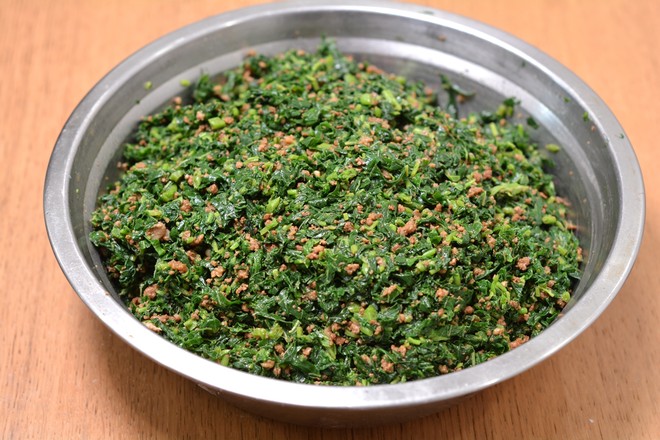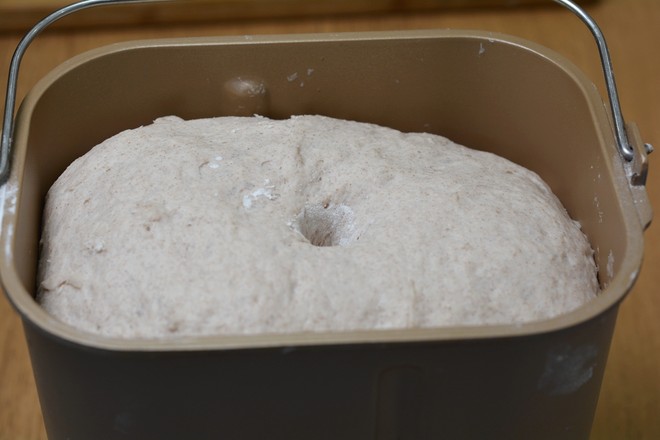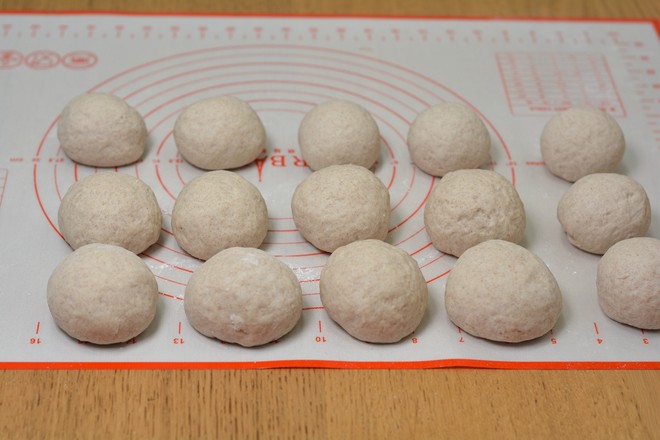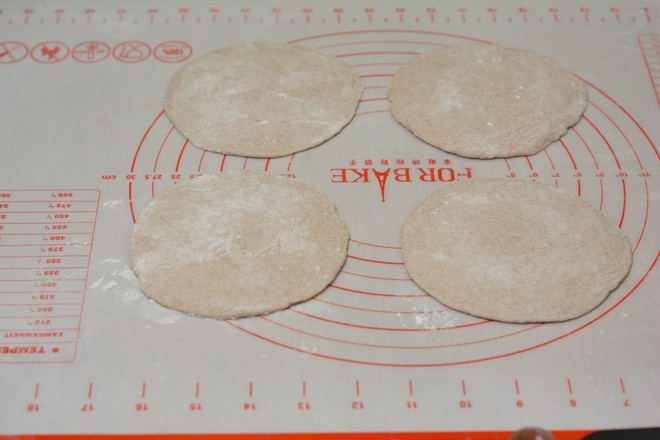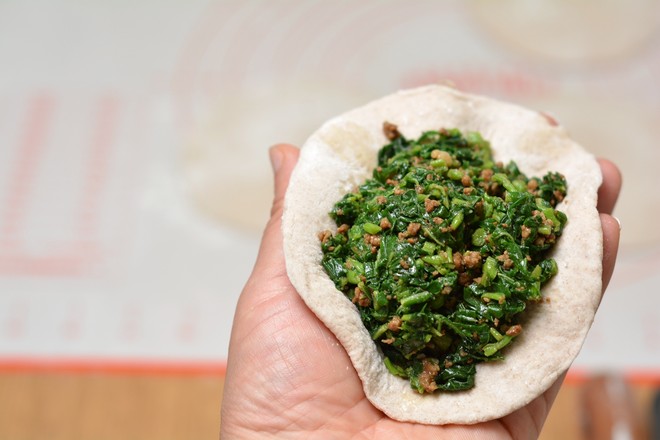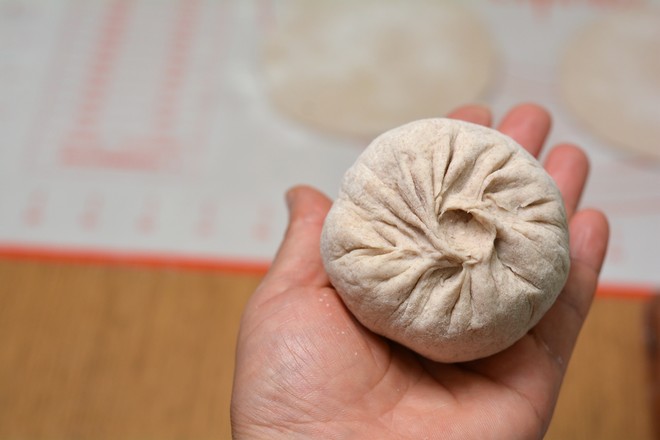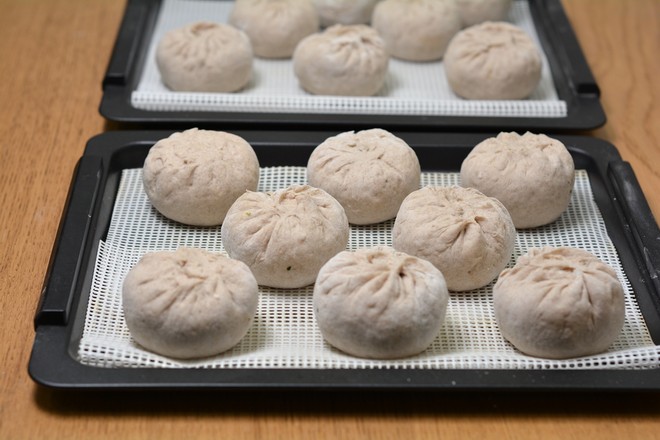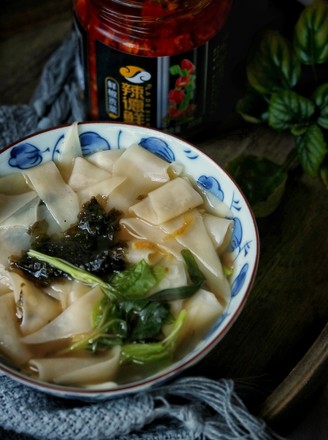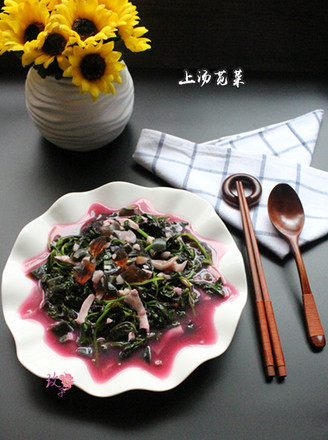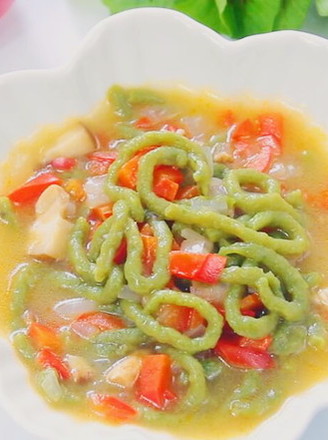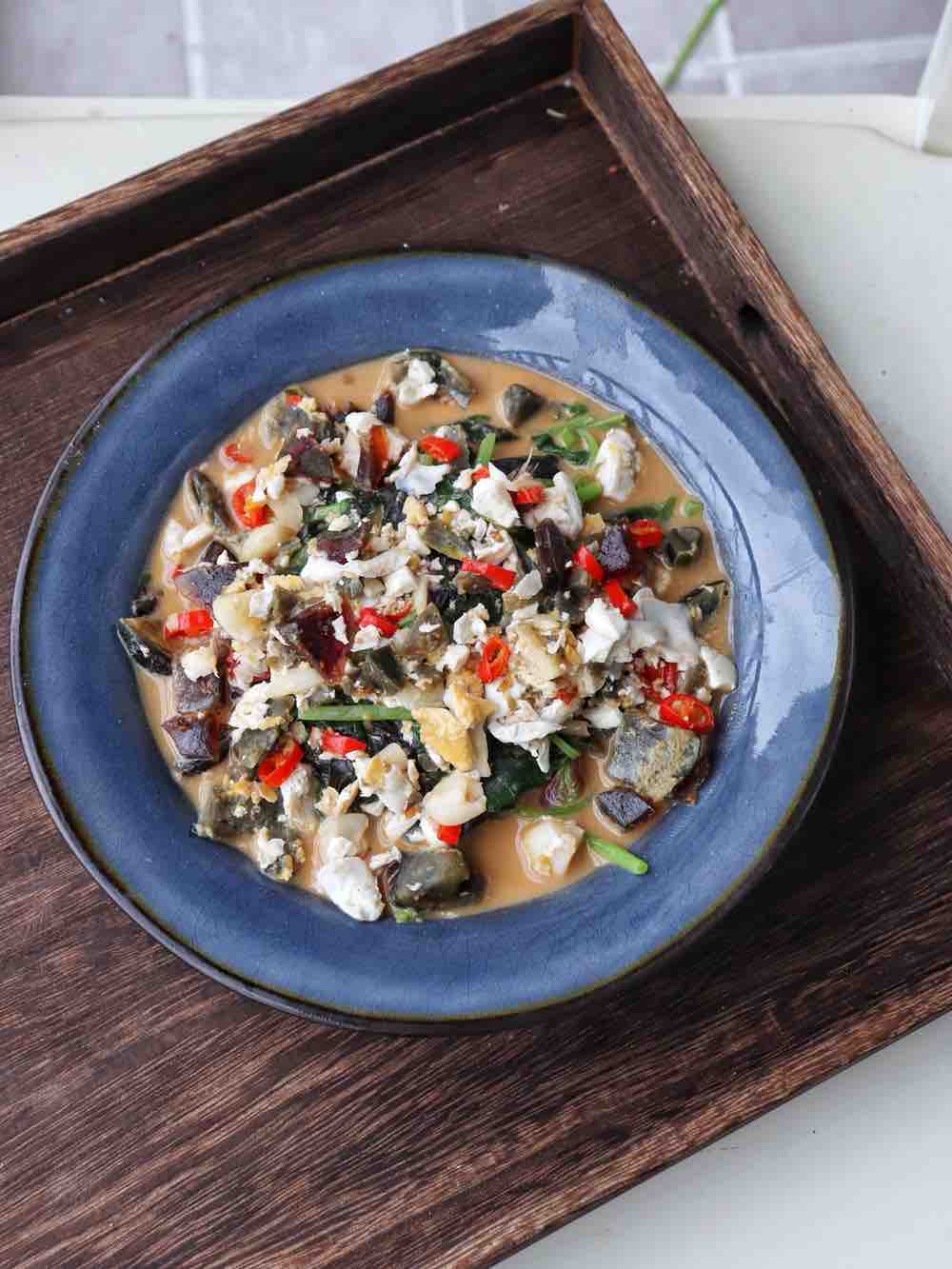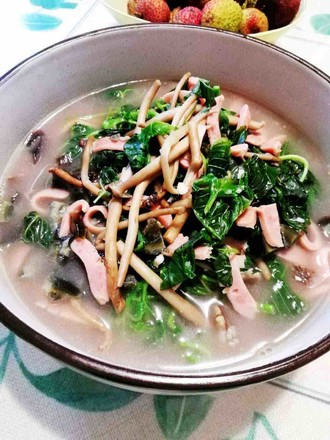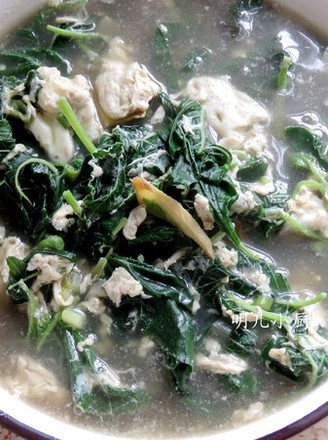Pork and Amaranth Multigrain Buns
by meggy dancing apple
Favorite
Difficulty
Easy
Time
30m
Serving
3
I went to play with my aunt in the country the other day and picked back a lot of wild vegetables. This wild vegetable is called amaranth. It is fat, tender and tender. It tastes a bit like spinach, but the stalk is harder than spinach. Eating amaranth can invigorate qi, clear away heat, improve eyesight, and promote the growth of teeth and bones. It's great to make stuffed buns or boiled noodles or cold salads! The common amaranth in the market is purple-red, thin, and eats well when fried, but lacks the wild local flavor.
Because wild amaranth grows in the wild, there are small hairs on the back of the leaves, so it is easy to catch dust. Pick it up and soak it in salt water, which will quickly remove the dust on it, and then blanch it to remove the excess oxalic acid. It doesn't taste too much of earthy smell. In addition, meat must be present in order to make fillings. Raw meat should not be used for meat. I tried it and it didn't taste good. So every time I fry the meat and then mix it with the filling. The gravy can penetrate into the bottom of the dish, although it is slightly loose, but there is no smell.
Because wild amaranth grows in the wild, there are small hairs on the back of the leaves, so it is easy to catch dust. Pick it up and soak it in salt water, which will quickly remove the dust on it, and then blanch it to remove the excess oxalic acid. It doesn't taste too much of earthy smell. In addition, meat must be present in order to make fillings. Raw meat should not be used for meat. I tried it and it didn't taste good. So every time I fry the meat and then mix it with the filling. The gravy can penetrate into the bottom of the dish, although it is slightly loose, but there is no smell.

